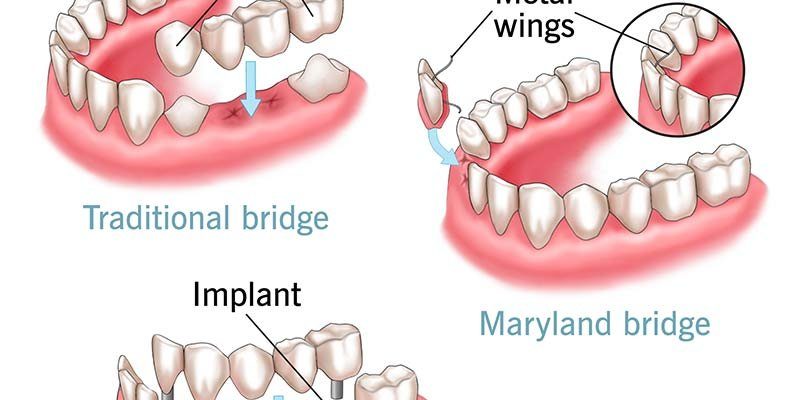A temporary bridge, often made of steel or wood, serves as a quick but sturdy solution for crossing obstacles like rivers or construction sites. Typically assembled in sections, these structures are designed to provide safe passage for both vehicles and pedestrians during construction or emergencies. What does a temporary bridge look like? Let’s explore the characteristics and construction of these versatile structures that play a vital role in infrastructure projects around the world.
What Does a Temporary Bridge Look Like?
Welcome, young builders! Today, we are going to explore the fascinating world of temporary bridges. Have you ever wondered what a temporary bridge looks like? Well, buckle up your tool belts and get ready to dive into the exciting details of these unique structures that help us cross rivers, streams, and even roads during construction or repair. Let’s take a closer look at the construction, materials, and designs of temporary bridges!
Construction of Temporary Bridges
Temporary bridges are like puzzle pieces that engineers put together to create a safe passageway over obstacles. These bridges are designed to be strong and sturdy while being temporary in nature. The construction process of a temporary bridge involves several key steps:
Site Preparation
First, engineers assess the site where the temporary bridge will be built. They look at factors like the length of the crossing, the weight it needs to support, and the conditions of the terrain. Once the site is surveyed and cleared, the construction can begin.
Foundation Installation
The foundation is the base of the bridge that supports the entire structure. For temporary bridges, foundations are usually temporary as well. Depending on the type of bridge, foundations can be built using steel beams, concrete blocks, or even wooden supports.
Assembly of Bridge Components
Once the foundation is in place, it’s time to start assembling the bridge components. These components may include steel beams, trusses, decking materials, and railings. Each part is carefully put together like a giant jigsaw puzzle to form the bridge’s structure.
Materials Used in Temporary Bridges
Temporary bridges are made from a variety of materials that are strong, durable, and easy to assemble. Let’s explore some common materials used in temporary bridge construction:
Steel
Steel is a popular choice for temporary bridges because of its strength and flexibility. Steel beams and trusses are used to create the framework of the bridge, providing structural support and stability.
Wood
Wood is another common material used in temporary bridges, especially for decking and railings. Treated wood is often used to prevent rot and decay, ensuring the bridge remains safe for use throughout its temporary lifespan.
Aluminum
Aluminum is lightweight yet sturdy, making it a great material for temporary bridges that need to be assembled quickly and easily. Aluminum components are often used in portable bridges that can be transported to different locations.
Designs of Temporary Bridges
Temporary bridges come in various designs to suit different needs and locations. Let’s explore some common designs of temporary bridges:
Truss Bridges
Truss bridges have a framework of interconnected steel beams that form triangular patterns. This design provides strength and stability, making truss bridges ideal for temporary crossings over long distances.
Pontoon Bridges
Pontoon bridges are floating structures made of interconnected pontoons or floating platforms. These bridges are commonly used to cross bodies of water where traditional bridges are not feasible. Pontoon bridges are quick to assemble and disassemble, making them ideal for temporary use.
Modular Bridges
Modular bridges are prefabricated bridge systems that can be easily transported and assembled on-site. These bridges consist of standardized components that can be quickly put together like building blocks. Modular bridges are versatile and can be customized to fit different configurations and lengths.
Now that we’ve explored what a temporary bridge looks like, you have a better understanding of how these unique structures are built and designed. Temporary bridges play a crucial role in construction projects, emergency situations, and temporary road closures, providing safe passage for vehicles and pedestrians. The next time you see a temporary bridge, you’ll know the hard work and planning that went into creating it. Keep building, young engineers!
Remember, safety is always the top priority when working on or around bridges. If you’re ever curious about how a temporary bridge is constructed, don’t hesitate to ask a professional engineer or construction worker for more information. Happy building!
Dental Bridge Procedure
Frequently Asked Questions
How is a temporary bridge visually different from a permanent bridge?
A temporary bridge is typically made of prefabricated components that are easily assembled and disassembled. It may appear less polished than a permanent bridge and often lacks decorative elements. Temporary bridges are usually temporary solutions while permanent bridges are built to last for many years.
What are common materials used in constructing temporary bridges?
Temporary bridges are often made of steel, aluminum, or timber. These materials are chosen for their strength, ease of assembly, and ability to be removed once the temporary bridge is no longer needed.
How are temporary bridges designed to be easily installed and removed?
Temporary bridges are designed with modular components that can be quickly assembled using bolts, pins, or other fastening systems. This allows for rapid deployment and removal, making them ideal for temporary use in various situations.
Final Thoughts
In conclusion, a temporary bridge typically appears as a simple structure made of steel or wood, designed to provide temporary passage over a gap or obstacle. These bridges are often straightforward in design, with minimal aesthetic features. Despite their temporary nature, they are engineered to be strong and safe for various types of traffic. So, what does a temporary bridge look like? It looks practical and efficient, serving its purpose effectively until a more permanent solution is in place.


